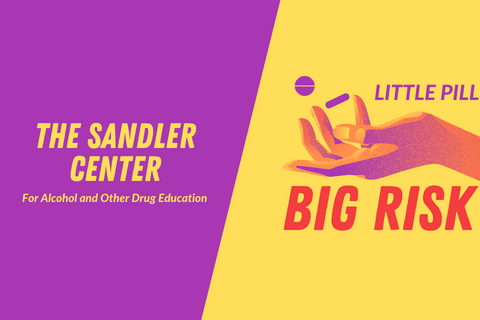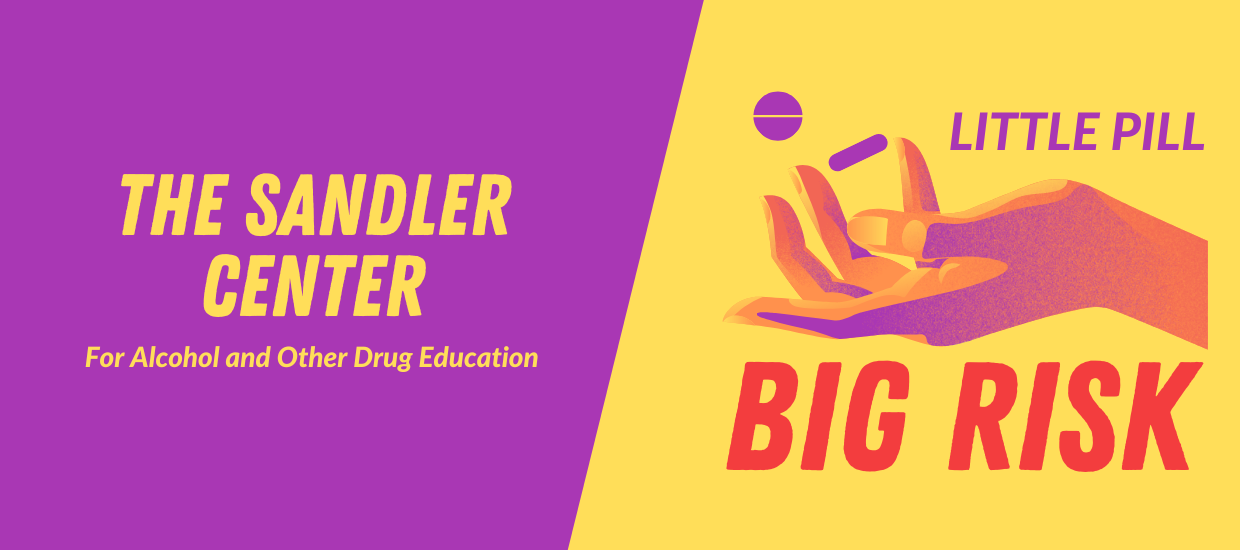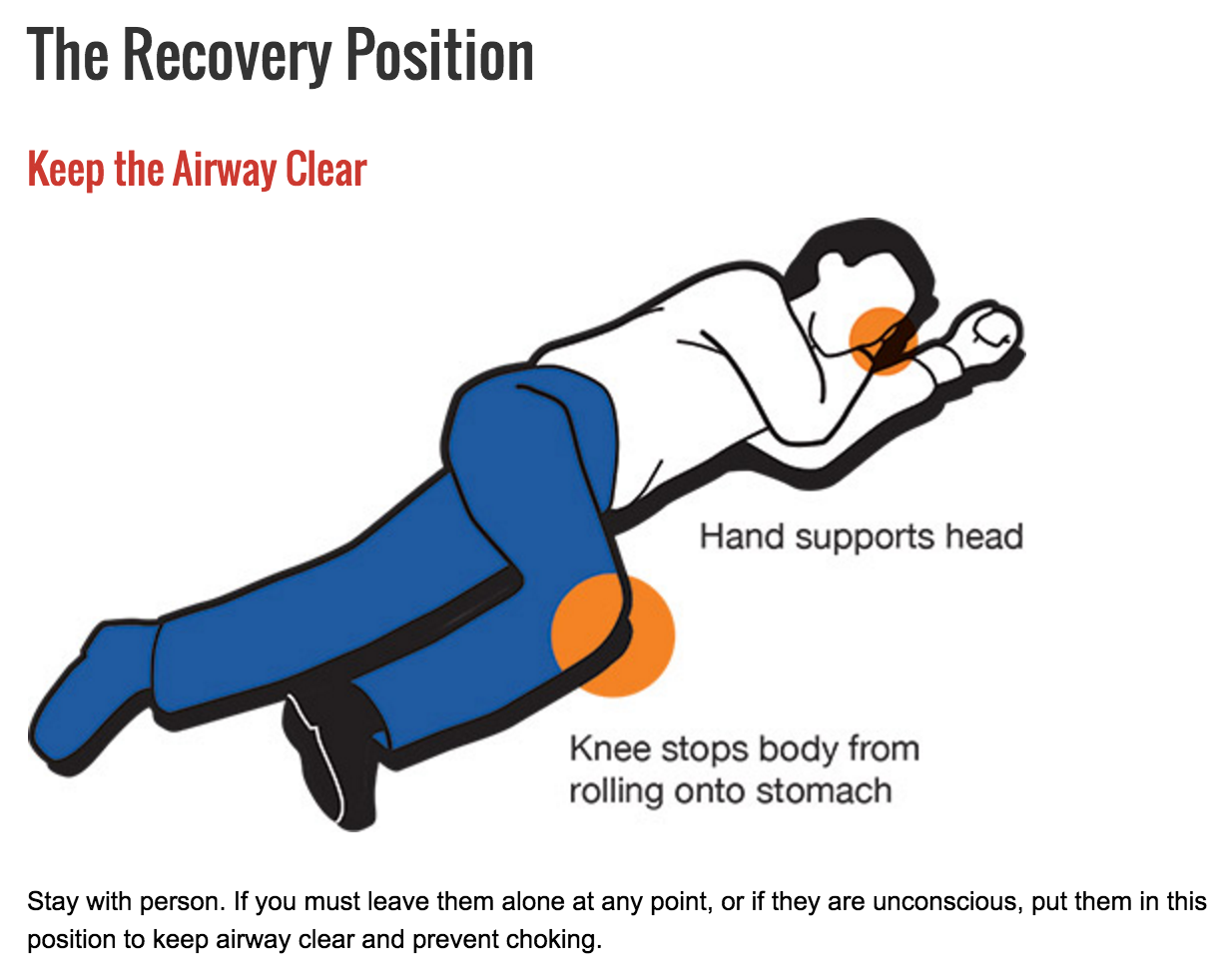What is Fentanyl?
Fentanyl is a synthetic opioid that drug traffickers mix into their product to make it last longer so they can make a greater profit. It is 50 to 100 times more potent than drugs like heroin and morphine and cannot be detected by sight, smell, or taste. Even just 2 milligrams of fentanyl can be lethal.
What is the Problem?
Increasingly, fentanyl is being found in other commonly used drugs, such as cocaine, methamphetamine, and prescription medications, such as Xanax and Adderall. This can be extremely dangerous, as people will unknowingly consume fentanyl, which can lead to accidental overdoses or death.
What is Narcan?
Naloxone (AKA Narcan) is a life-saving medication that can rapidly reverse an opioid overdose, including those caused by fentanyl.
Where to Find Narcan
Narcan Training
The Sandler Center will be hosting Narcan trainings throughout the year, in collaboration with URecovery, Student Health, and F Fentanyl. All attendees will receive Narcan upon completion of the training. The trainings are open to all students, faculty, and staff.
Spring 2024 Training Information
We will host trainings on the following dates:
- Wednesday, February at 14 noon-1 p.m. in Shalala North Activities Room
- Monday, March 4 at 6:30-7:30 p.m. in Shalala Grand Ballroom East
- Tuesday, April 16t at 6:30-7:30 p.m. in Shalala Combined Activities Room






